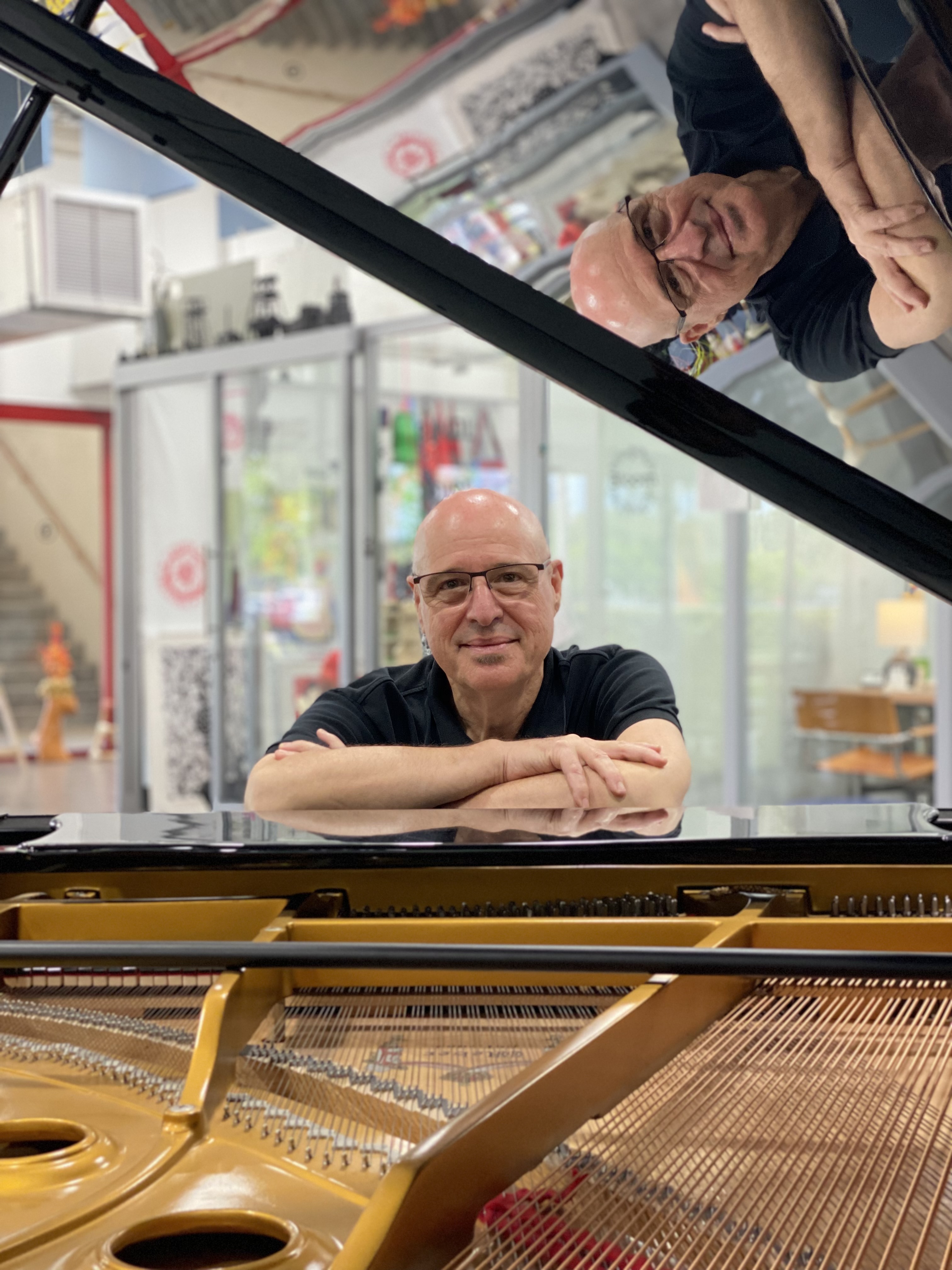
Born in Havana, Cuba in 1954, Garcia migrated to the United States in 1961. In demand as a guest composer and lecturer, he is the recipient of numerous honors and awards from a variety of organizations and cultural institutions including the Rockefeller, Fulbright, Dutka, Civitella Ranieri, and Cintas Foundations, the American Academy of Arts and Letters, State of Florida Council for the Arts and the Ariel, Noise International, Matiz Rangel, Nuevas Resonancias, Sonic Circuits, Salvatore Martirano, and Bloch International Competitions. Most recently he has been the recipient of 5 Latin Grammy nominations in the best Contemporary Classical Composition Category (2009-11, 2014, 2021). With performances in most of the major capitols of the world, his works are recorded on New Albion, O.O. Discs, CRI /New World, Albany, North/South, CRS, Rugginenti, VDM, Capstone, Innova, CNMAS, Opus One, Telos, Metier/Divine Art, Toccata Classics, and New Focus.
Through more than 200 works composed for a wide range of performance genres, Orlando Jacinto Garcia has established himself as an important figure in the new music/contemporary classical music world. The distinctive character of his music has been described as "time suspended sonic explorations" qualities he developed from his studies with Morton Feldman among others.
He is the founder and director of Miami Chapter of the International Society for Contemporary Music (ISCM) the New Music Miami ISCM Festival and is the founder and artistic director of the NODUS Ensemble. A dedicated educator, Garcia is a Distinguished University Professor and Composer in Residence for the for the Florida International University School of Music and a resident composer for the Miami Symphony Orchestra. For more information visit http://www.orlandojacintogarcia.com